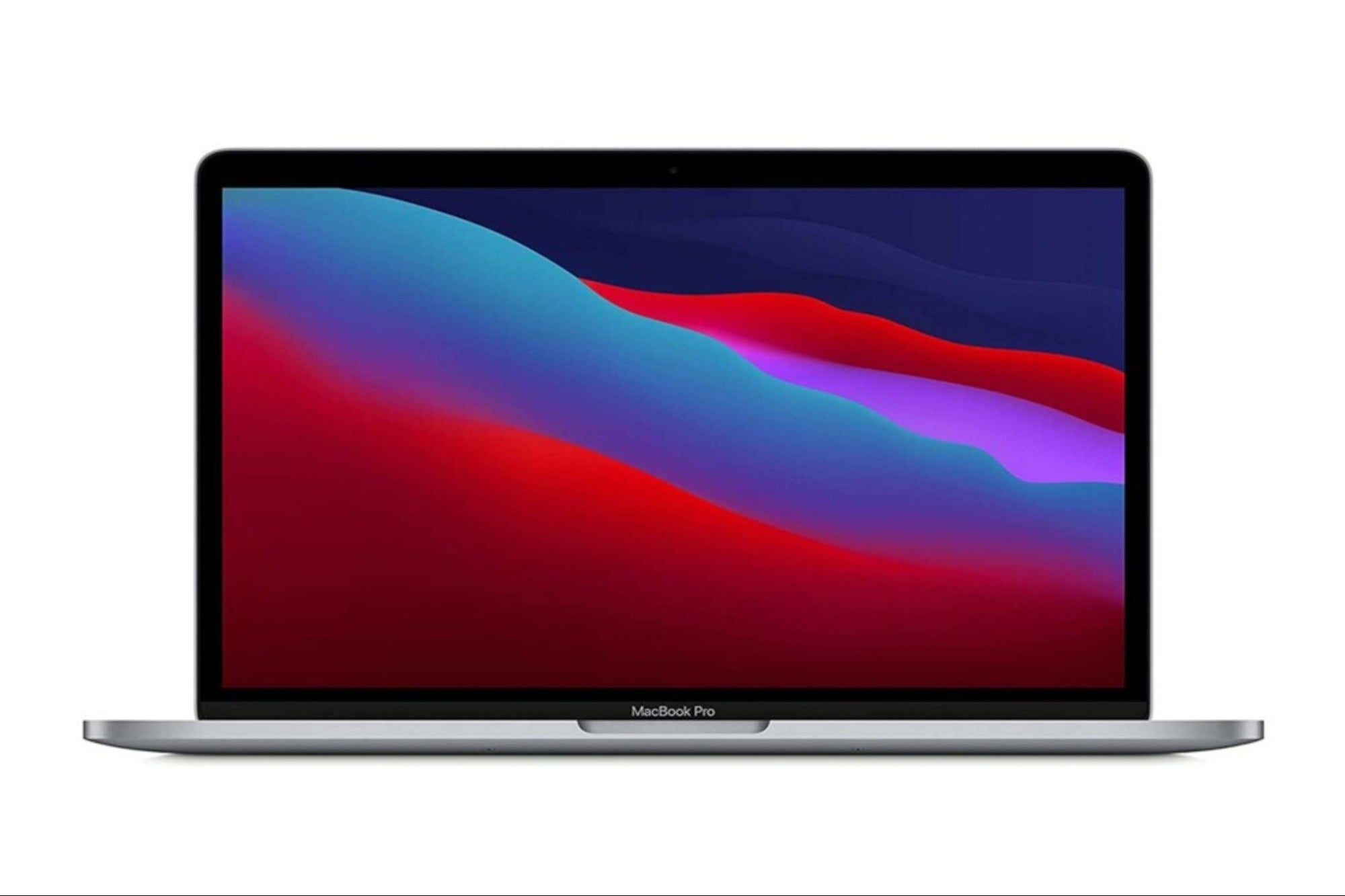Ever Wished You Had a Second Brain? Meet the Zettelkasten. The Zettelkasten is a knowledge-management system that has recently gotten a lot of attention. Creatives, BIZ Experiencess and growth hackers have adopted the Zettelkasten, and apps are emerging to meet this need.
By Thomas Deneuville Edited by Amanda Breen
Opinions expressed by BIZ Experiences contributors are their own.
BIZ Experiencess are powerful ideation machines, but they're human.
What if both your memory and its recall were infinite? What if you could experience the certainty that your thoughts and ideas will be permanent and never corrupted? How much could you achieve without the cognitive load of remembering things?
Coming up with ideas feels more critical than filing them. Innovation, after all, is fueled by ideas, and to paraphrase Linus Pauling, you're better off when you have a lot of them.
Related: The Secret to Coming up With New Ideas
But how generative is a disjointed collection of notes? How to get ideas to interact dynamically with each other to generate more ideas and insights? Is it even possible? Yes, it is. A better filing system can help ideation quite a lot; it is called Zettelkasten.
The Zettelkasten is more than a collection of index cards (paper or digital). It is a tool to augment our memory and our thinking.
Related: You've Probably Been Taking Notes Wrong -- Here Are 5 Ways to Fix It
Three kinds of notes
Although the concept of Zettelkasten (slip-box in English) originated in the 16th century, it was popularized in the second half of the 20th century by Niklas Luhmann, a pre-eminent German sociologist.
Luhmann was extremely prolific (he published over 70 books and close to 400 articles), and he attributed his productivity to the Zettelkasten. At the end of his career, his slip-box contained about 90,000 index cards.
In the Zettelkasten technique, there are three types of notes.
- Fleeting notes: The clichéd napkin note. A brilliant thought came to you, and you scribbled it down on a piece of paper.
- Literature notes: These are notes that you take when you read books or articles. Highlighting is fine, but it is pointless if the material is not stored anywhere.
- Permanent notes: This is where it gets interesting. Every day or so, evaluate your fleeting and literature notes. They can only become permanent notes if they contribute to the ongoing dialogue of ideas happening in the Zettelkasten.
Notes are indexed using a system that makes it easy to follow a thread of ideas. The relationship between ideas is as meaningful as the ideas themselves.
Related: Go Digital With Your Handwritten Notes With This Smart Pen
Thinking inside the box
Physics Nobel prize laureate Richard Feynman famously said of his notebooks, "They aren't a record of my thinking process. They are my thinking process."
Writing and indexing cards not only reinforce our familiarity with the ideas already present in the Zettelkasten, but also lead us to make connections that we wouldn't have conceived without a slip-box.
A Zettelkasten is not just for writers
Even though the Zettelkasten is popular in academic circles, one could argue that we are all writers, regardless of our job. Creativity and innovation are about connecting ideas, and as a creativity coach, I don't know a better system to keep track of ideas and connect them with ease.
How to get started: a book and some apps
The best place to start is with Sönke Ahrens's How to Take Smart Notes, a 2017 book on the topic that will dive deeper into the three kinds of notes and how you could start your Zettelkasten.
While it's still possible to start a paper Zettelkasten, most people will rely on an app for that. The most popular are Obsidian (my recommendation), Roam, RemNote and Zettlr.
Are you an Apple Notes kind of person? Or Google Keep? There is no shortage of good note-taking apps, and combined with the Cloud, notes are now ubiquitous. But if Evernote is a shoebox under your bed, a dedicated Zettelkasten app is a high-yield savings account.
A Zettelkasten needs to be nurtured and will require some discipline. Don't expect to see benefits overnight. Starting a Zettelkasten is like planting a tree — you'll wish you did this 15 years ago.
But don't let this discourage you. Give it a try. Your future self will thank you.











